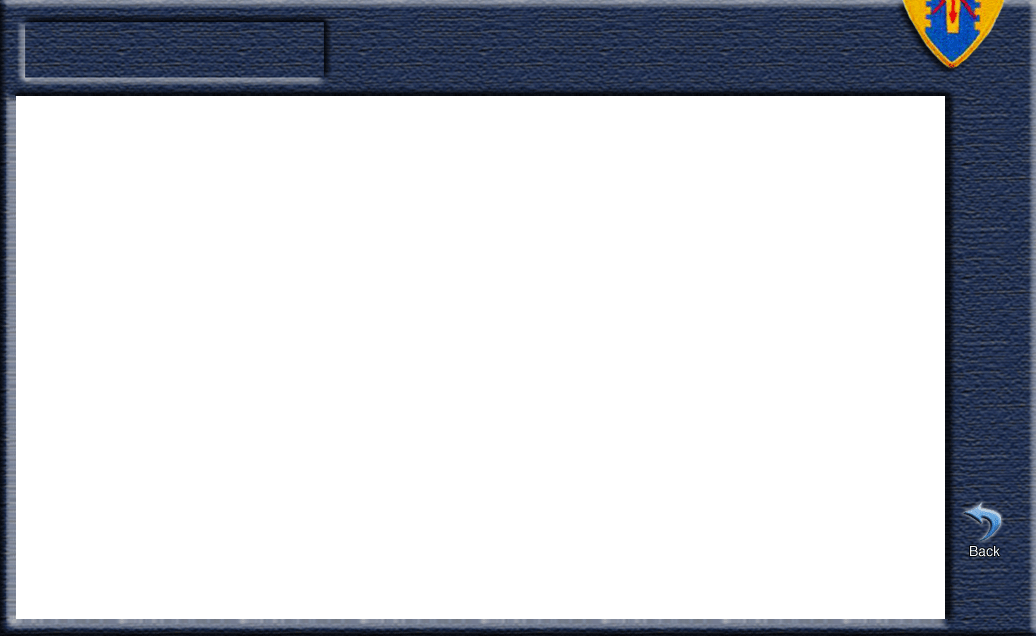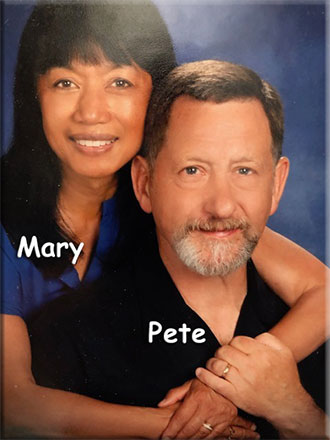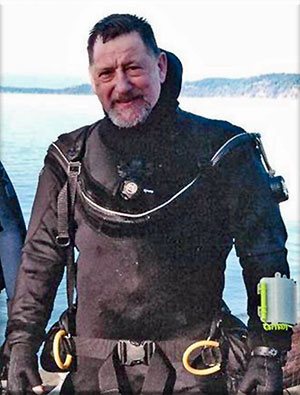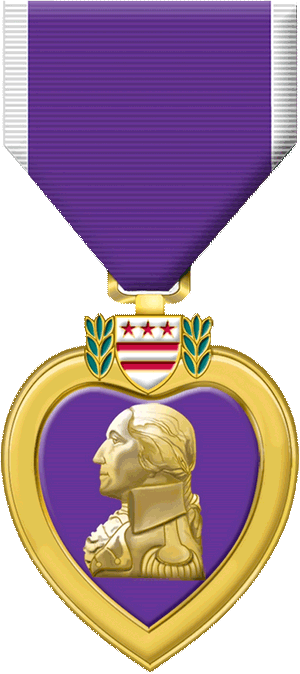

Info Sheet - Peter "Pete" Holmberg
………………………………………………………………………………………………………
 I was a 1LT LOH Scout pilot during the NVA Easter Offensive in 1972; Callsign Centaur 12.
I was a 1LT LOH Scout pilot during the NVA Easter Offensive in 1972; Callsign Centaur 12.
I entered the Army as a private at Ford Ord, CA, went through Basic and Infantry AIT there and then Infantry OCS at Fort Benning, GA and after that flight school at Fort Wolters, TX and Fort Rucker, AL.
I went to Vietnam in November ’71 and was first assigned as a UH-1H pilot in C company, 101 Avn, 101 Abn Division until early Feb ’72.
Upon 101 Abn being moved stateside, I was re-assigned to F-4 Cav at Stanford Field, Long Binh. My first assignment was as a slick pilot, but upon CPT Jim Hamrick being KIA, I went to Vung Tau for a LOH transition.
In early April ’72 the Troop was moved to my previous AO at Phu Bai (and later at Tan My on the coast) in northern I Corps. I started flying LOH missions as our tactics were evolving and we abandoned the traditional Pink Team with a Cobra at 1500’ AGL and a slick above that to a heavy purple configuration, all on the deck, and all at high speed.
What we were up against was very much what USAEUR anticipated with the Soviet Army coming across the Fulda Gap—we operated in open country that was well suited for fast moving armored warfare, especially in the dry season. The NVA was very well trained in Soviet “all arms” mobile warfare and was equipped with Soviet state-of-the art main battle tanks (T-54s), BTRs, BRDMs, BMPs, and long range artillery as well as antiaircraft shoulder fired heat-seeking missiles and 37 mm and quad-23mm guns.
We were very fortunate in that the Troop had some highly experienced officers in leadership positions; they could figure out how to operate effectively under these conventional warfare conditions. Dan Lott and Ron Radcliffe developed our LOH tactics. Donnie Haynie, Mike (BG) Woods and others complemented with Cobra tactics. Overall, we’d fly two LOHs 50 to 75 yards apart, each with 2 “free” M-60s and 2000 rounds for each gun. By being a distance apart and “jinking” at 60-90 knots at 10-50 feet AGL, the trail aircraft could cover the lead’s break (as his fires would be masked in a turn by the low-slung LOH rotor) and then do a quick “flip” turn to get out of a near ambush (which is how we usually found the enemy).
The two Cobras would be a klick back, out of the near ambush zone, in a racetrack pattern, 180 degrees out from each other, and just high enough (50’ AGL) to where the inbound Cobra could put minigun under the trail LOH’s tail rotor immediately as we called “taking fire.” He would then do a cyclic climb to 200’ AGL to fire rockets, break outbound, and be followed by the second, now inbound, Cobra.see drawings in video story
These tactics worked exceedingly well as evidenced by the Troop’s very low casualty rate compared to other Cavalry Air troops similarly engaged. For more on this, see Rex Gooch’s article “The Rescue of Lady Ace” and the interview Bruce Powell did with Randy Baisden and me—both found on the Centaur website.
I ETSed in late September ’72, left active duty having received 6 DFCs, Air Medal with “V”, and the Purple Heart. After getting a permanent job with the US Forest Service in Washington State, I joined the Washington Army National Guard as an armor company XO and then took various assignments in aviation and armor, maintaining my Cavalry heritage. I remained a part-timer for over a decade culminating in command of the Attack Helicopter Troop (AH-1F and UH-1M mix but operating as a squadron) of an Armored Calvary Regiment and subsequently as commander of a M60A3 Tank Battalion. My battalion’s brigade, a WA national guard unit, would in case of mobilization become the fourth combat brigade of the 9th Infantry Division (9ID), which at the time was headquartered at Ft Lewis. This implied a close and beneficial training relationship.
After completing battalion command, I was recruited back to full-time and stayed that way for 11 years until retiring as a Colonel having been deputy commander of a heavy separate brigade and of the I Corps (Fort Lewis) Aviation Brigade.
 After retiring, I became the silviculturist (a type of forester) for the Washington State Department of Natural Resources (DNR) and did that for 10 years.
After retiring, I became the silviculturist (a type of forester) for the Washington State Department of Natural Resources (DNR) and did that for 10 years.
A year before retiring from DNR, I started a small dive business (South Puget Sound Scuba) and did that until old age and a bad knee forced me to quit diving in 2019.
I've been married to my wife Mary since December 1974. She’s a native Washingtonian, born and raised in Seattle. We have two daughters and 4 grandkids. I'm pretty sure Mary’s dad worked in our sheet metal shop at Marble Mountain in Da Nang when I was a LOH pilot. Didn’t find out until after Mary and I had been married about a decade. His name was Al Sabado.
 Charlie Foster was in my left front seat as a new door gunner when I was wounded. Chip Blackwell was the rear seat crew chief/door gunner. He told Charlie to take the controls but I waved him off as I was able to fly about a click south and land where the C&C ship medevaced me. CPT Jim Elder, the Troop XO, was assisting in a test flight on the good side of the FEBA, heard our radio traffic, and being LOH qualified, went up and evacuated my LOH, which, despite a bunch of holes in it, was still flyable.
Charlie Foster was in my left front seat as a new door gunner when I was wounded. Chip Blackwell was the rear seat crew chief/door gunner. He told Charlie to take the controls but I waved him off as I was able to fly about a click south and land where the C&C ship medevaced me. CPT Jim Elder, the Troop XO, was assisting in a test flight on the good side of the FEBA, heard our radio traffic, and being LOH qualified, went up and evacuated my LOH, which, despite a bunch of holes in it, was still flyable.
Pete
Centaur12